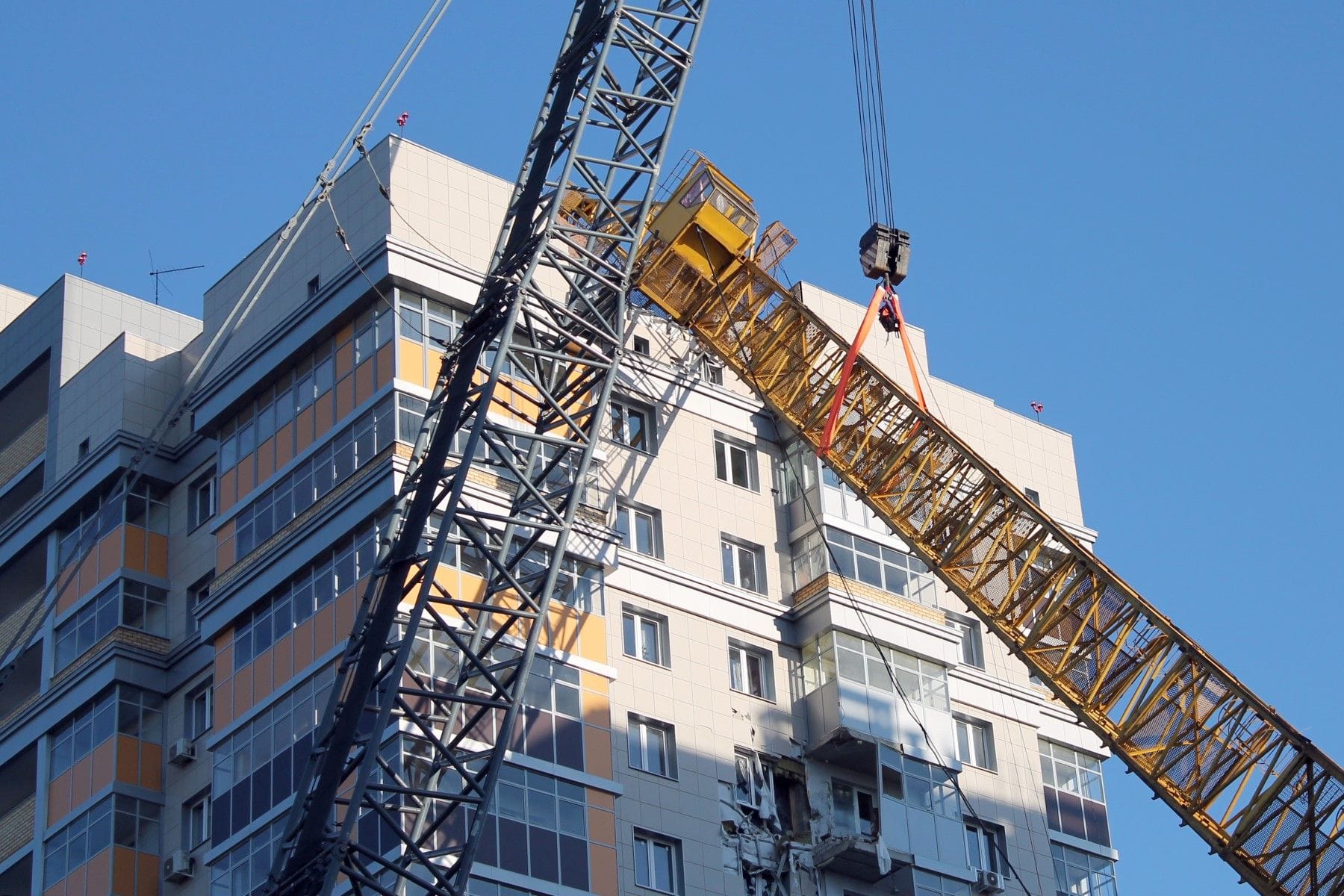Crane Owner Cleared to Shift Blame in Fatal Fort Lauderdale Collapse
A tragic crane collapse triggers a high-stakes legal battle over safety failures, liability, and indemnity amid complex construction litigation.
Updated on
On April 4, 2024, a catastrophic crane collapse in downtown Fort Lauderdale left one worker dead and seriously injured two others, including a woman struck while inside her vehicle. The incident occurred during construction on the Riverwalk Residences tower, where a portion of a tower crane crashed onto the Southeast 3rd Avenue bridge. The crane struck a vehicle carrying plaintiff Gemmalyn Castillo, who suffered serious head injuries, as seen in police body cam footage. Another driver, Arthur Razor, sustained a shoulder injury and filed a separate lawsuit later consolidated into Castillo’s suit.
The most tragic outcome was the death of Jorge De La Torre, a 27-year-old Phoenix Rigging and Erecting worker who fell from a platform after it became dislodged. According to investigators, De La Torre was not tethered to an anchor point, in violation of safety standards.
The Allegations
The lawsuit, initially filed by Castillo, alleges negligence on the part of multiple defendants, including crane owner Maxim Crane Works and subcontractor Phoenix Rigging and Erecting. Castillo's complaint asserts that these entities failed to safely manage and operate the crane involved in the collapse. The suit also names several other companies connected to the construction site: Kast Construction, Gables Residential Services, CG Riverwalk LP, JA&M Developing, Equipment Inspection Services, and Terex USA.
The U.S. Department of Labor cited both Maxim and Phoenix in October 2024, stating they failed to address critical safety risks. The citations detailed deficiencies such as cracked and corroded pins and bolts, failure to ensure use of fall protection gear, and the lack of required inspections prior to use. According to OSHA, these failures contributed directly to the fatal collapse.
The Cross-Claim Dispute
On June 10, 2025, Maxim Crane Works secured a key procedural victory when Broward County Circuit Judge Keathan Frink permitted the company to file a cross-claim for indemnification against Phoenix Rigging and Erecting. Maxim argues that as the crane’s owner and operator, it subcontracted Phoenix under an agreement containing a provision that shifts liability to Phoenix in case of claims.
"Phoenix is contractually obligated to indemnify Maxim,” said Joshua A. Golembe of Butler Weihmuller Katz Craig LLP, counsel for Maxim.
Phoenix disputes this indemnity clause, contending it is invalid under Florida law because it lacks a monetary limit. Michael Crist of Victor Shaw & McCue, representing Phoenix, further argued that Maxim had exclusive control over the crane for the past decade, including its operation, maintenance, and use conditions. “Maxim controlled, directed and supervised all aspects of the crane,” Crist asserted during the Zoom hearing.
Nevertheless, Judge Frink allowed the cross-claim to move forward, stating Phoenix’s objections would be more appropriate for a summary judgment motion. "That sounds great for summary judgment," he told Crist.
The Parties and Legal Representation
The case, titled Castillo v. Kast Construction LLC et al., is pending in the Seventeenth Judicial Circuit Court of Florida under case number CACE24005970.
- Plaintiff Gemmalyn Castillo is represented by Goldberg & Rosen PA (Mustafa H. Dandashly).
- Co-plaintiff Arthur Razor is represented by The Right Law Firm PA (Bradley P. Denniston).
- Maxim Crane Works is represented by Butler Weihmuller Katz Craig LLP (Joshua A. Golembe).
- Phoenix Rigging and Erecting is represented by Victor Shaw & McCue (James M. Shaw and Michael J. Crist).
- Terex USA is represented by Murphy & Anderson PA (Jordan M. Janoski and Niels Murphy).
- Kast Construction is represented by Fields Howell LLP (Tal Harari and Alery Delgado).
- JA&M Developing is represented by Kaufman Dolowich LLP (Jesse D. Drawas).
- Equipment Inspection Services is represented by Vernis & Bowling of Broward PA.
What’s Next?
The decision to allow Maxim’s indemnity claim introduces a secondary dispute that could affect the allocation of liability and damages in the underlying personal injury and wrongful death lawsuits. While Maxim and Phoenix are both central to the litigation, this cross-claim creates a parallel battle over which party, if any, will ultimately bear the financial burden should a verdict be issued against them.
Pending further court rulings, the case continues to focus on operational safety lapses that may have made the deadly crane collapse avoidable. The presence of multiple corporate defendants, combined with federal safety citations, raises the potential for substantial liability and complex litigation over responsibility and damages.
The litigation could also influence broader conversations around construction site safety, contractor accountability, and the enforceability of indemnity clauses under Florida law.


